Cycling is great fun and a wonderful sport. Lately, recognising its importance in reducing pollution, congestion and dependence on fuel, several countries have started encouraging cycling as a mode of personal transport. But in India, hot and humid weather and potholed roads, which are mostly dominated by motorised vehicles, have restricted cycling to specific segments of the population. A substantial proportion of these are vendors and service providers.
These vendors have limited resources, which is why a cycle is a viable investment. It allows them to commute from distant suburbs or outskirts to anywhere in the city. With low maintenance costs and no fuel expenses, it probably is the cheapest mode of transport. It reduces their dependence on other means of public transport, which are either non-existent or whose timing and frequency are highly erratic.
The most noteworthy feature of a cycle is its capacity to carry huge loads, which allows literally anybody to use it as a ‘shop on the move’. This travelling vending machine as it were, can reach the client instead of waiting for him.
It allows the vendor to explore newer geographies and not be worried about encroachment-removal drives conducted by the municipalities.
What we overlook but what’s quite fascinating is how these humble cycles turn into ‘shops on the move’ with just some creative tweaks.
Here are some photographs of ‘shops on the move’ in a congested locality in South Delhi:
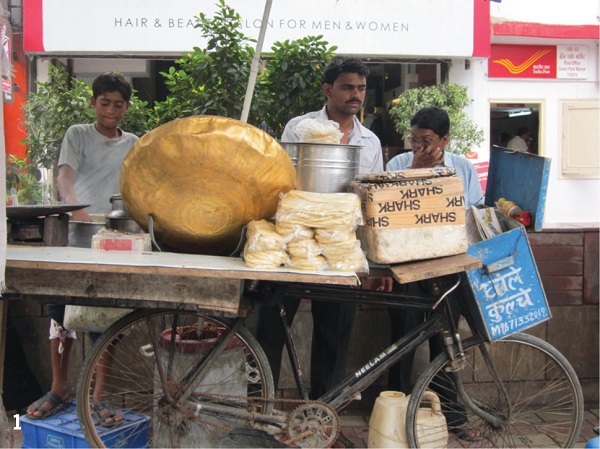
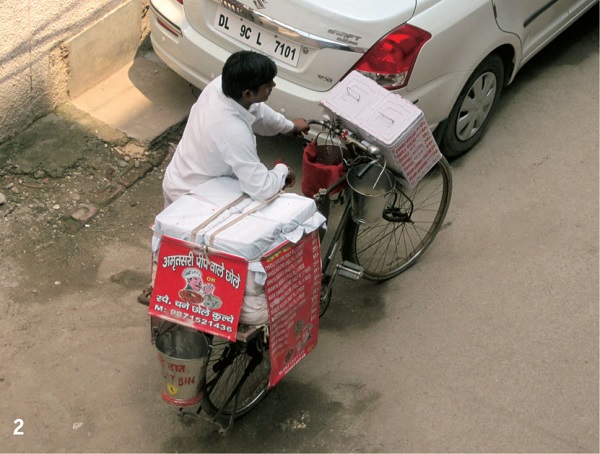 | 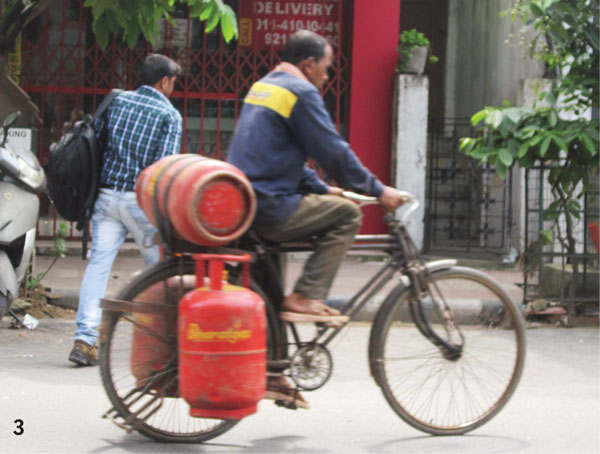 |
 | 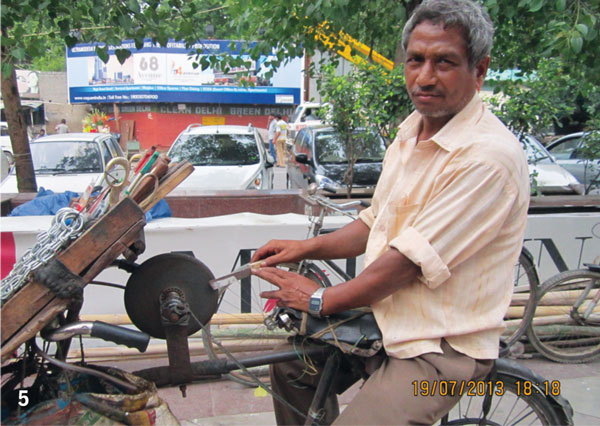 |
PHOTOGRAPHS: RUJUTA RANADE | |
Even though the number of motorised vehicles is increasing, bicycles remain a viable option of transport and means of livelihood for a significant part of the population. Hence, instead of imposing a ban on cycles (like they’ve done in Kolkata, which has banned all forms of non-motorised vehicles from the ever-increasing number of major and minor roads in the city since August 2008) to decongest the city roads, there is a need to integrate them with the motor traffic.
Improvements such as bicycle parking areas, dedicated lanes for cyclists, safety at cross-overs and more discipline by motorised vehicles will go a long way in ensuring safety for cyclists. This wouldn’t cost the government much. Developing a better environment for cyclists will also encourage many more to take up this healthier, environment friendly and more economical form of transportation.

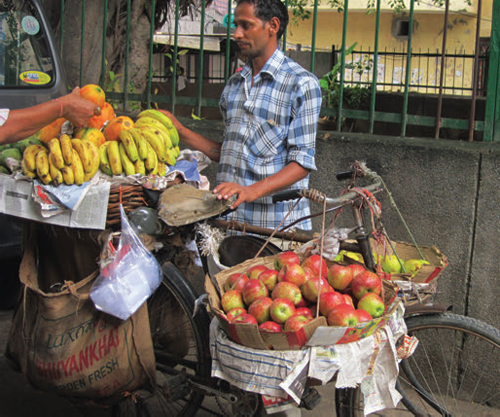

Comments (0)